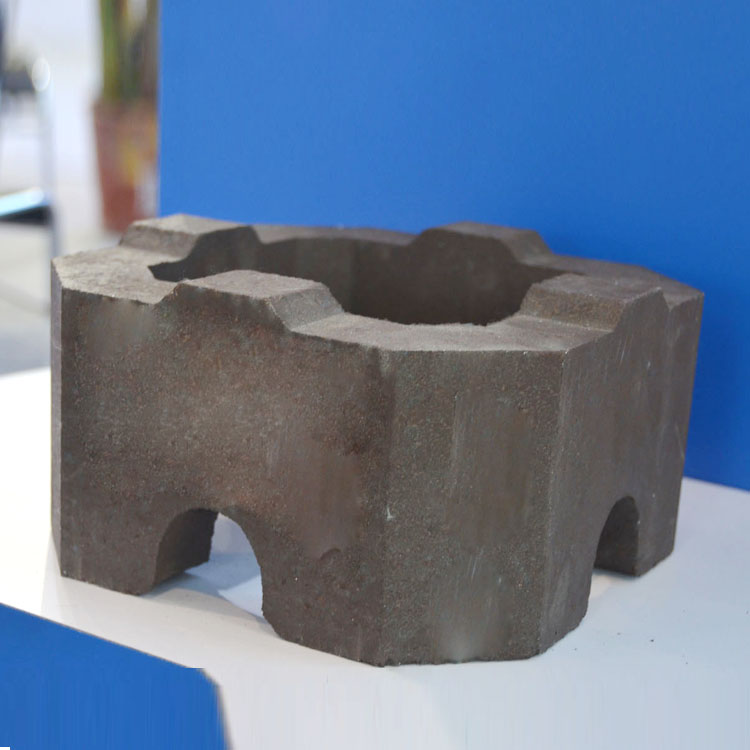.jpg?x-oss-process=image/resize,h_1000,m_lfit/format,webp)
In high-temperature industrial environments, magnesia-chrome bricks play a crucial role. They are widely used in various industries such as metallurgy and glass manufacturing, where they need to withstand extreme heat and harsh chemical conditions. Traditional magnesia-chrome bricks are made through a complex process that involves high-temperature firing. This process results in bricks with certain heat resistance and chemical stability. However, they also have some limitations, such as relatively high production costs and a long manufacturing cycle.
.jpg)
Unfired magnesia-chrome bricks are another type of magnesia-chrome bricks. They are produced by using binders to bond the raw materials without high-temperature firing. This manufacturing method has the advantage of low energy consumption and a short production cycle. But unfired magnesia-chrome bricks also have obvious limitations. Their high-temperature strength is relatively low, usually only about 60% - 70% of that of fired bricks. And they are more prone to chemical corrosion in high-temperature and high-chemical activity environments, which limits their application scope.

Direct-bonded magnesia-chrome bricks are a revolutionary product in the field of magnesia-chrome bricks. They are manufactured through a unique high-temperature sintering process, which enables the direct bonding of magnesia and chrome oxide crystals. This results in a dense structure and excellent high-temperature performance. The high-temperature strength of direct-bonded magnesia-chrome bricks is significantly higher than that of unfired magnesia-chrome bricks. At a temperature of 1600°C, their compressive strength can reach more than 50 MPa, while the unfired bricks may only have a strength of about 20 - 30 MPa at the same temperature.
Compared with unfired magnesia-chrome bricks, direct-bonded magnesia-chrome bricks also have better chemical stability. They can resist the erosion of various slags and molten metals, which makes them more suitable for use in harsh industrial environments.
Direct-bonded magnesia-chrome bricks are widely used in high-temperature production processes in industries such as metallurgy and glass manufacturing. In the steelmaking industry, they are used in the lining of converters, electric furnaces, and ladles. Their high-temperature strength and chemical stability can effectively extend the service life of the furnace lining, reduce maintenance costs, and improve production efficiency. In the glass industry, direct-bonded magnesia-chrome bricks are used in the melting tanks and regenerators of glass furnaces, where they can withstand the high temperature and strong chemical corrosion of molten glass.
.jpg)
A well - known steel company in Europe replaced the unfired magnesia-chrome bricks in its electric furnace with direct-bonded magnesia-chrome bricks. As a result, the service life of the furnace lining was extended from the original 300 heats to more than 500 heats, and the maintenance frequency was significantly reduced. This not only saved a large amount of maintenance costs but also improved the overall production efficiency of the enterprise.
In summary, direct-bonded magnesia-chrome bricks have significant advantages in terms of high-temperature strength, chemical stability, and service life. They are an ideal choice for enterprises to enhance their competitiveness in high-temperature industrial applications. If you are looking for high - quality refractory materials to improve your production efficiency and reduce costs, direct-bonded magnesia-chrome bricks are definitely worth considering.
Discover more about our direct-bonded magnesia-chrome bricks and how they can transform your high-temperature industrial processes. Contact us today to get detailed product information and professional technical support!

